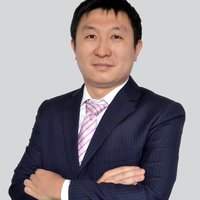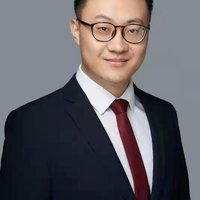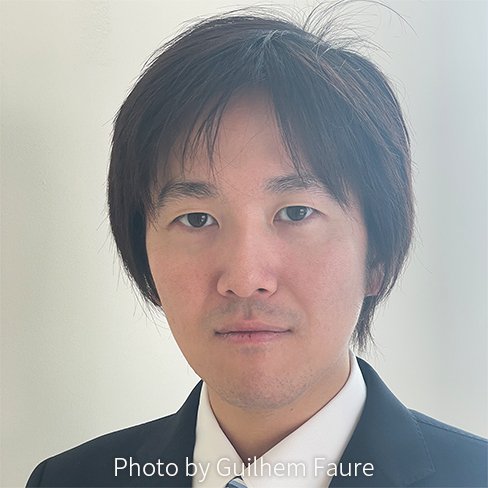Biotechnology & medicine
Makoto Saito
Conquering the issue of CRISPR-Cas9, a spirited researcher who expands the possibility of treatment with genome editing.
Guilhem Faure

Asia Pacific
Shuofeng Yuan
Setting up high-throughput drug discovery platforms to rapidly identify numerous potent anti-coronaviral drugs, including COVID-19.

Asia Pacific
Xiuyun Liu
A multi-window algorithm for continuous optimal cerebral perfusion pressure determination.

China
Haiwen Luan
Connecting living systems and machines through bio-integrated multifunctional microsystems.

Asia Pacific
Li Chen
The first personalized neoantigen vaccine approved to enter clinical practice in China.
